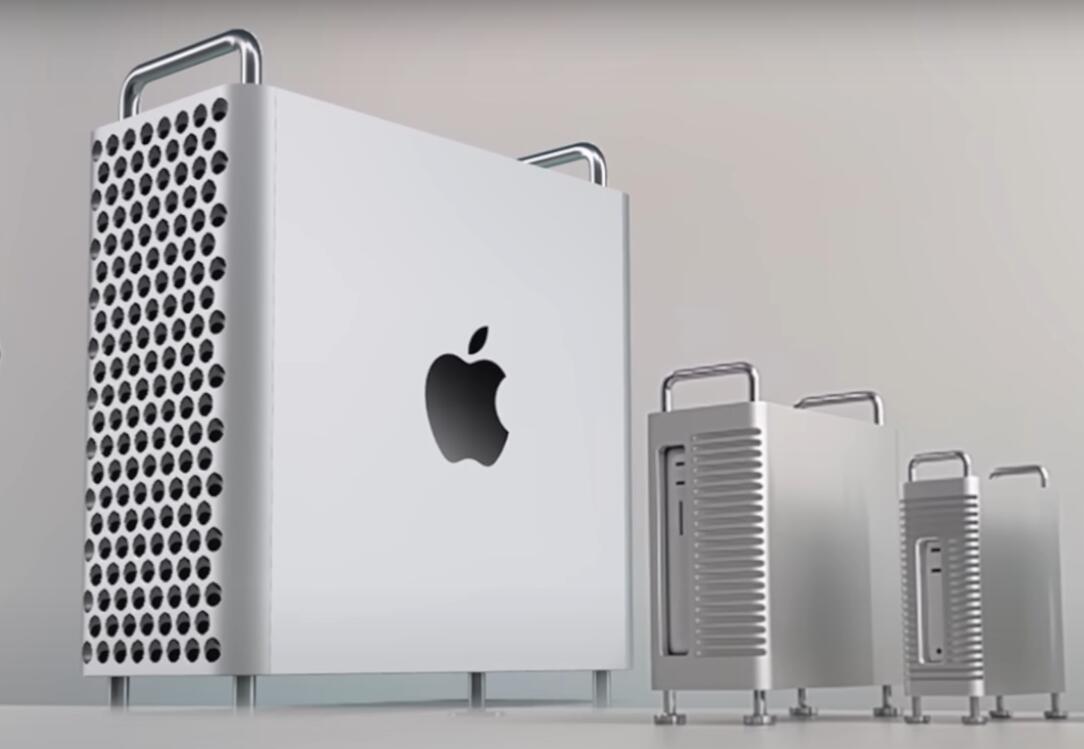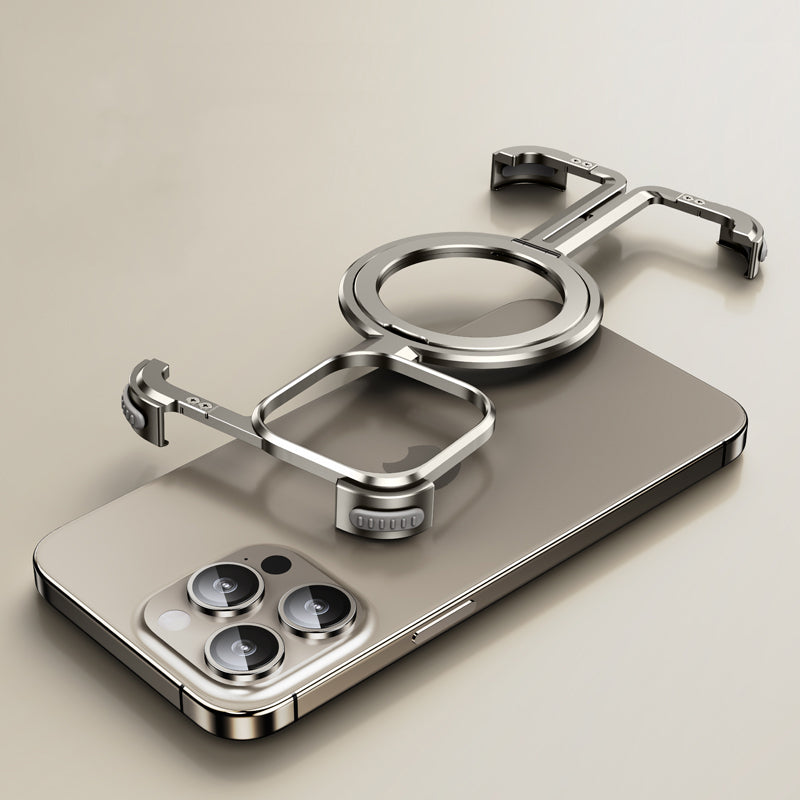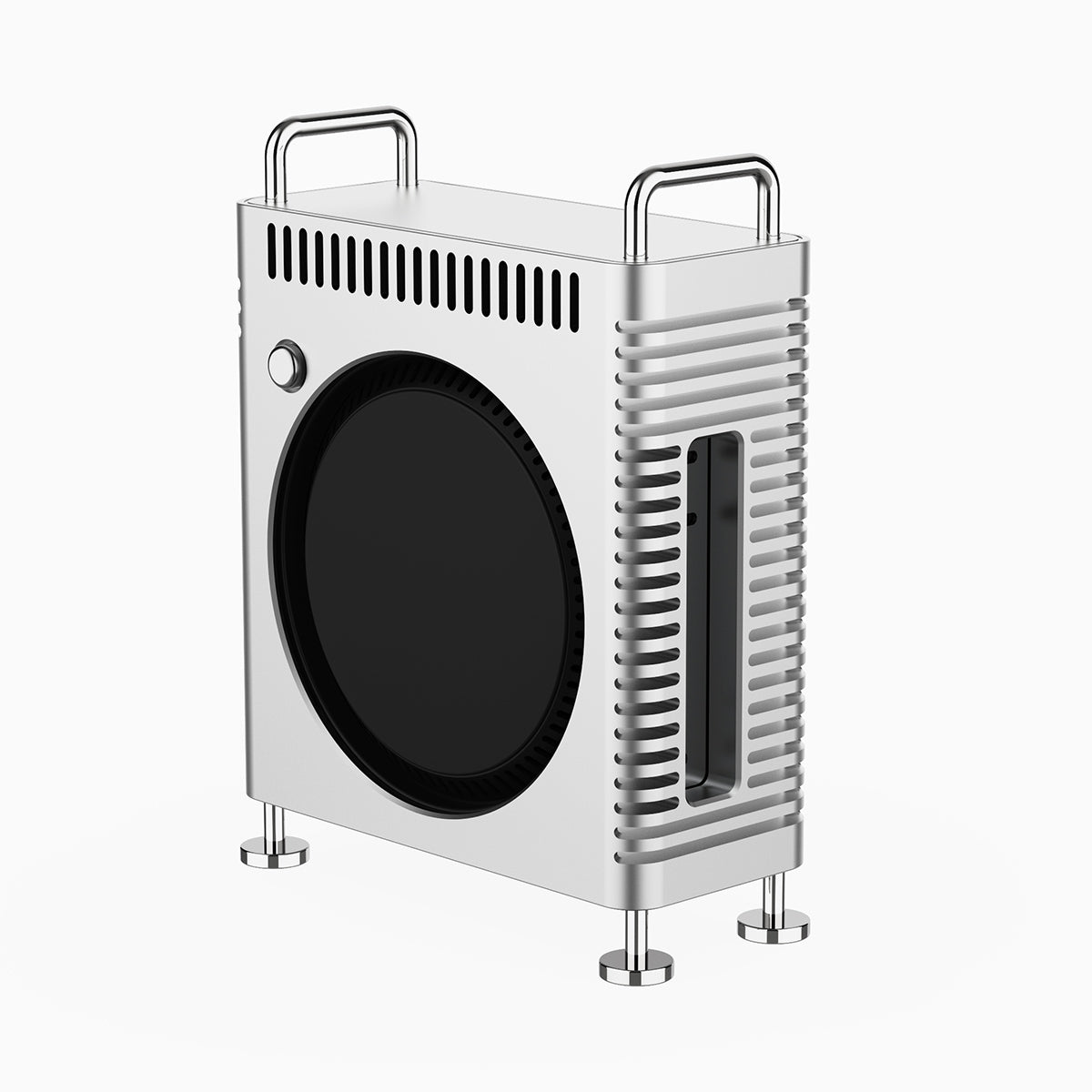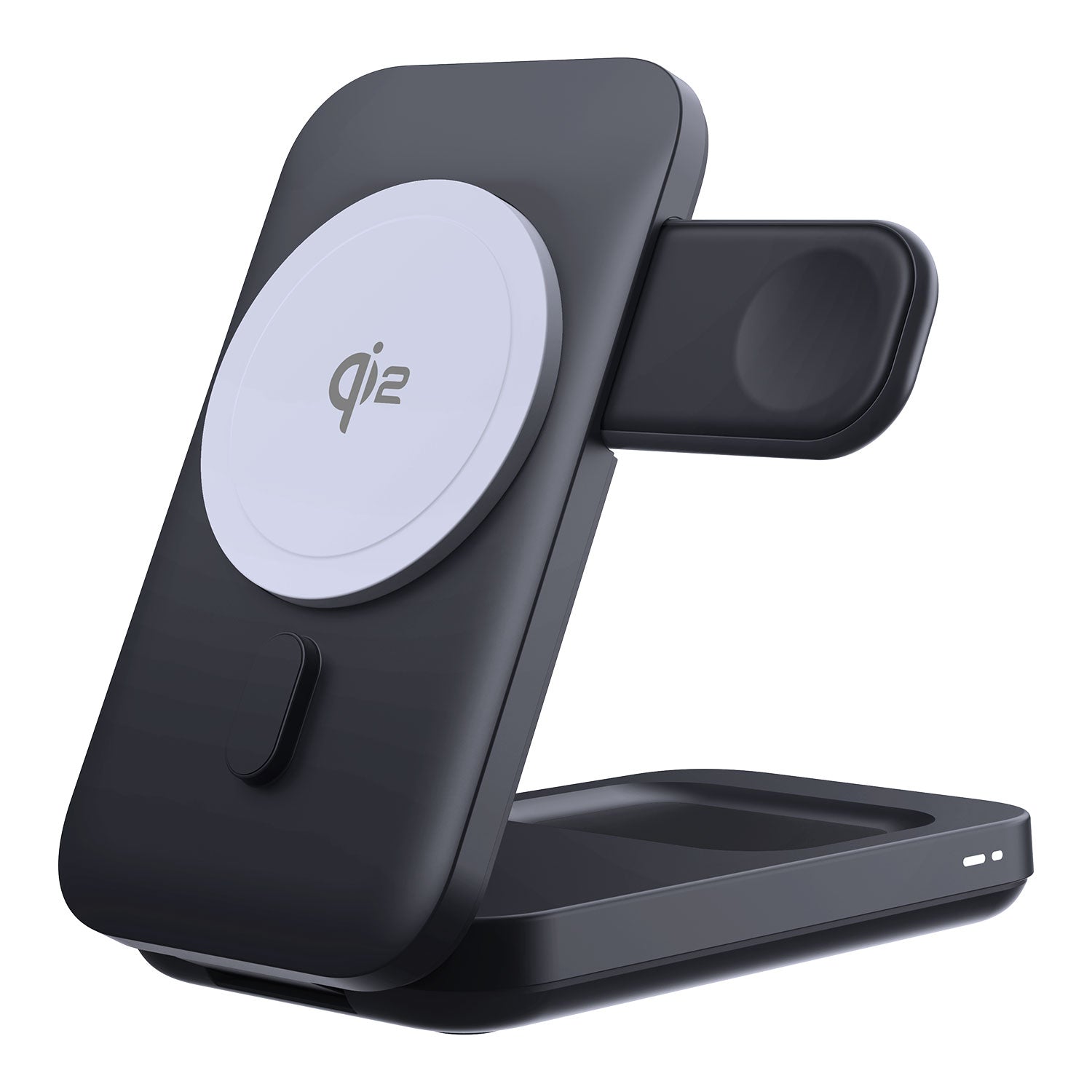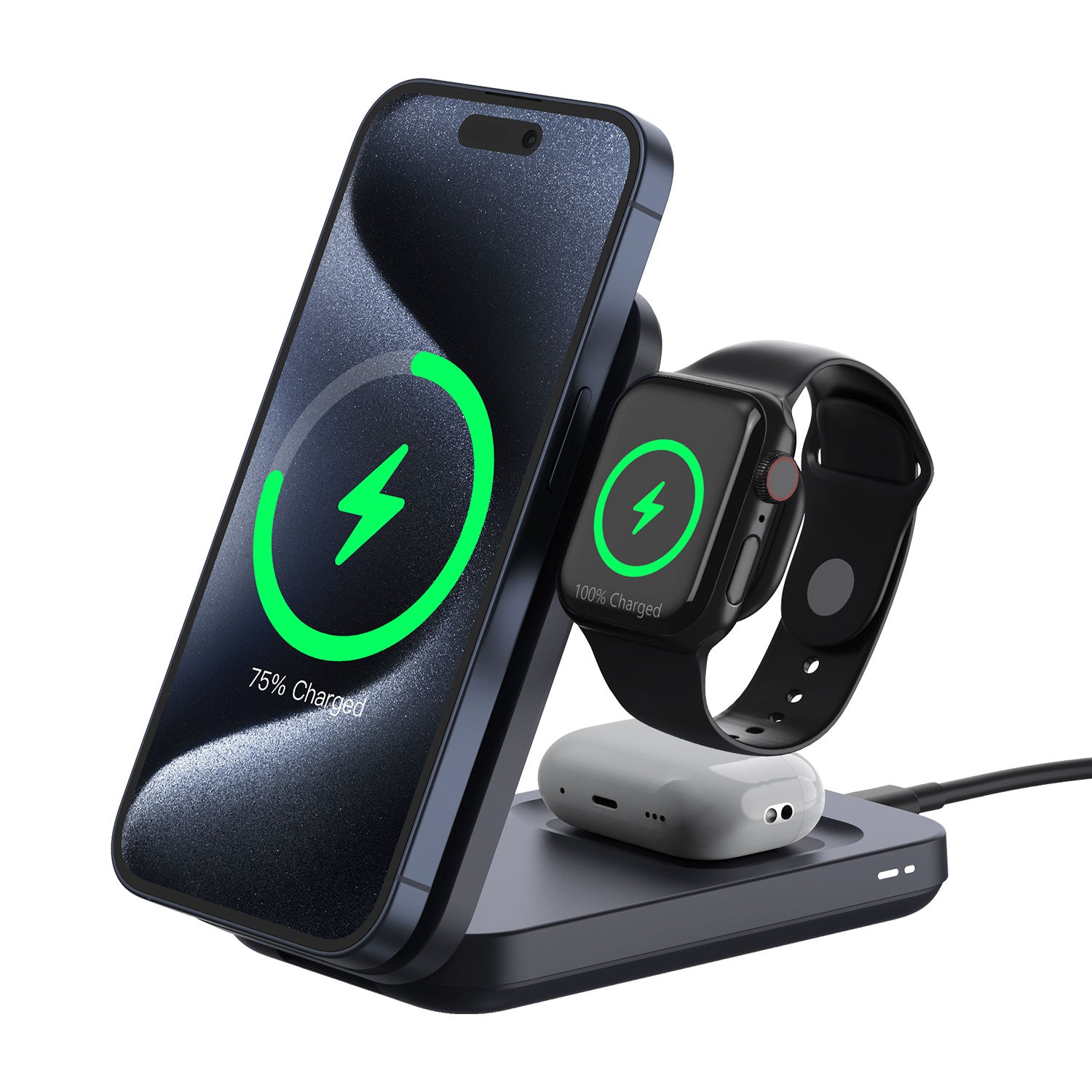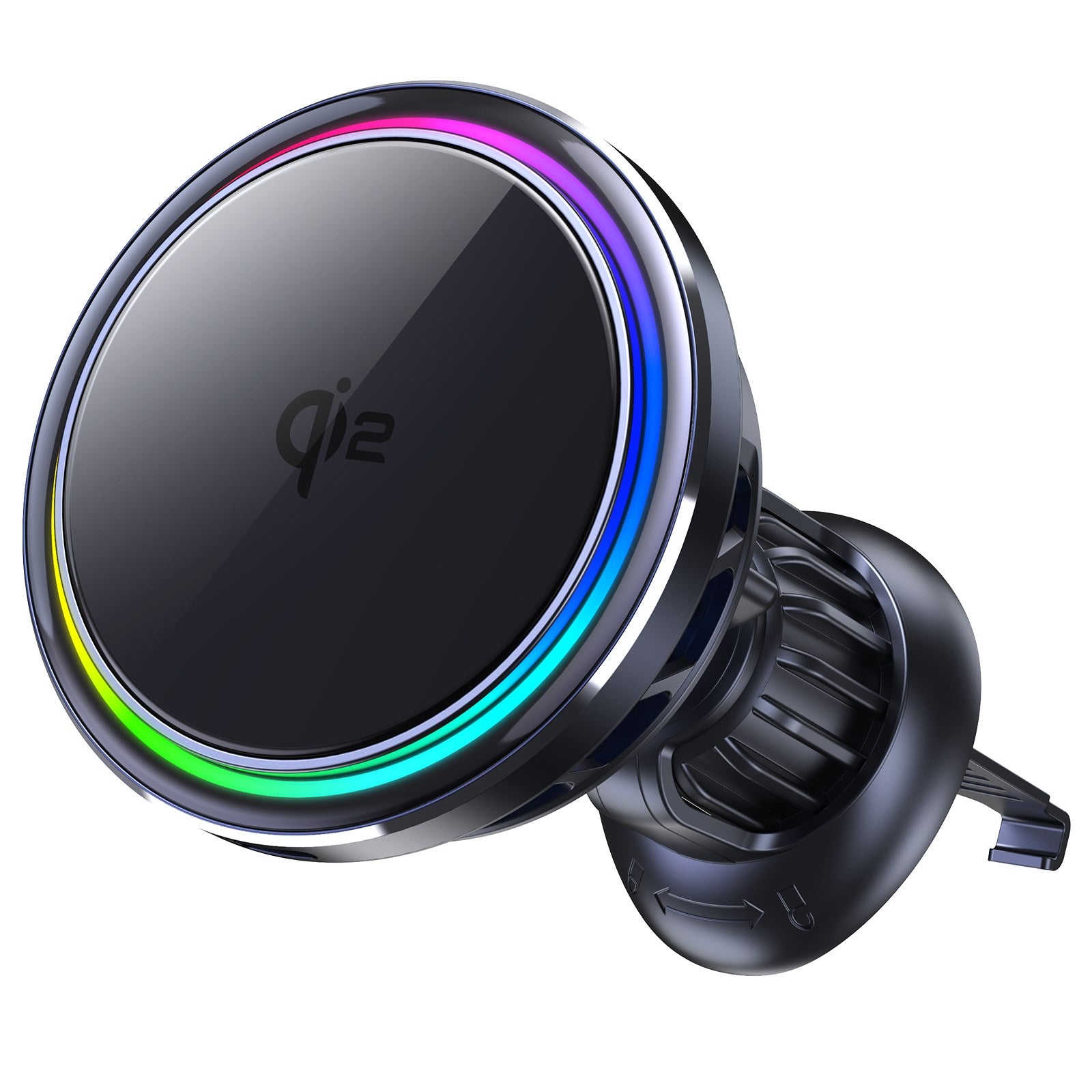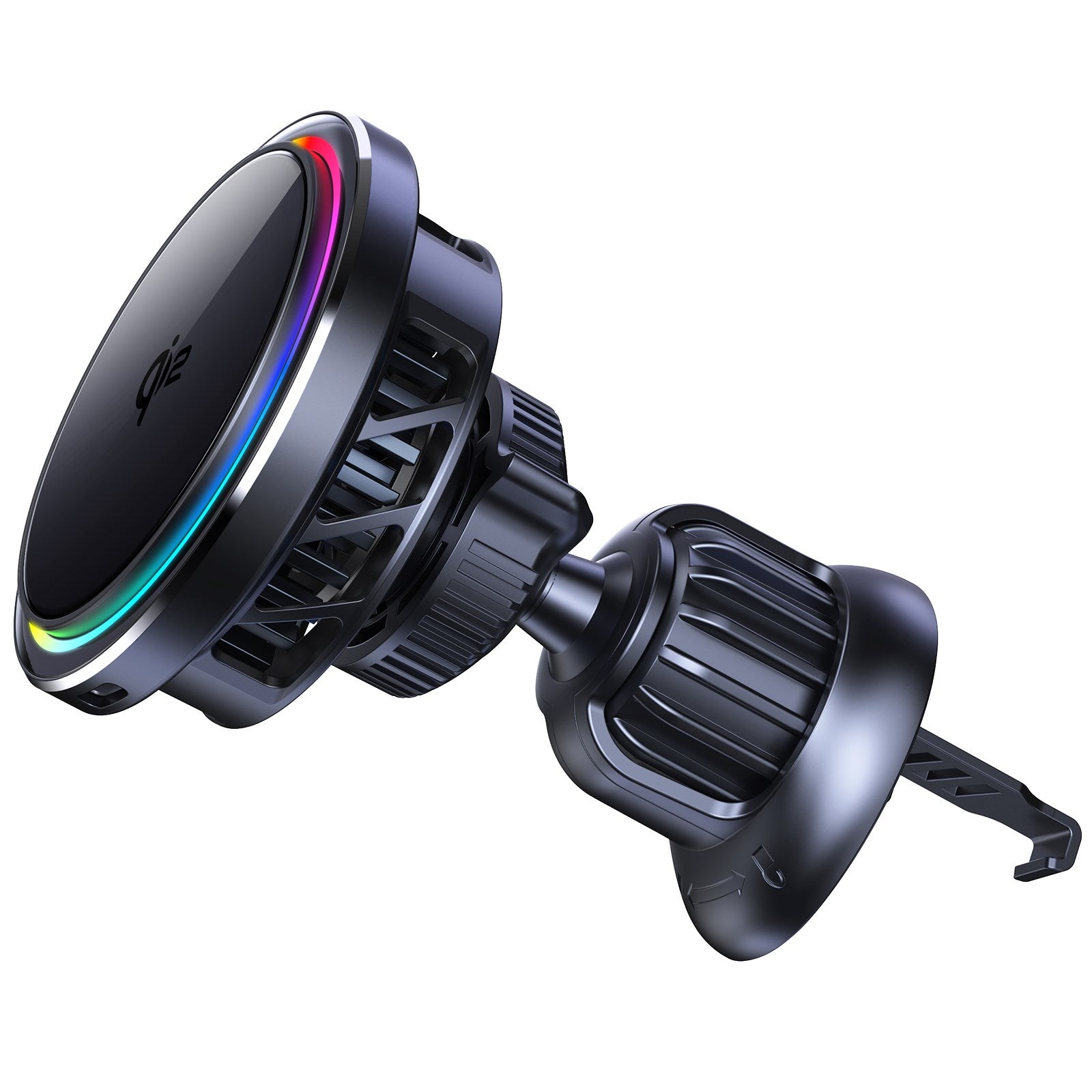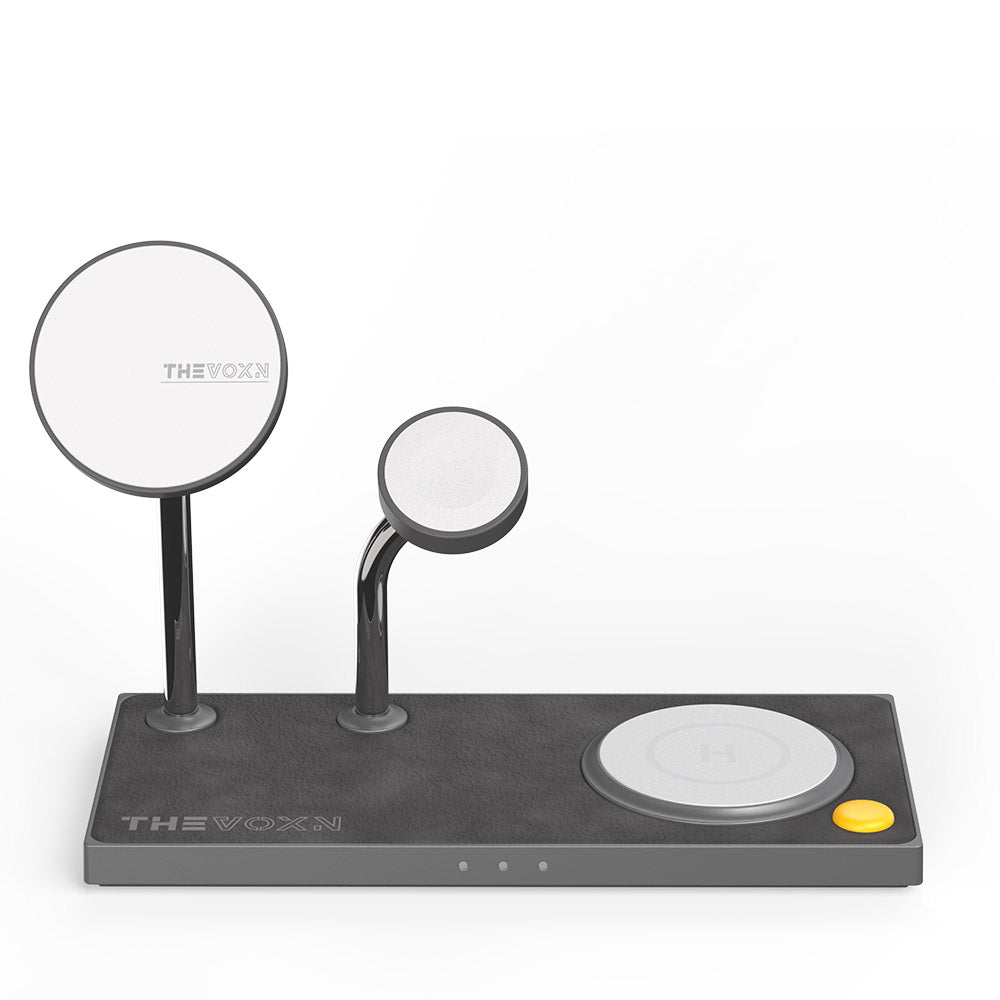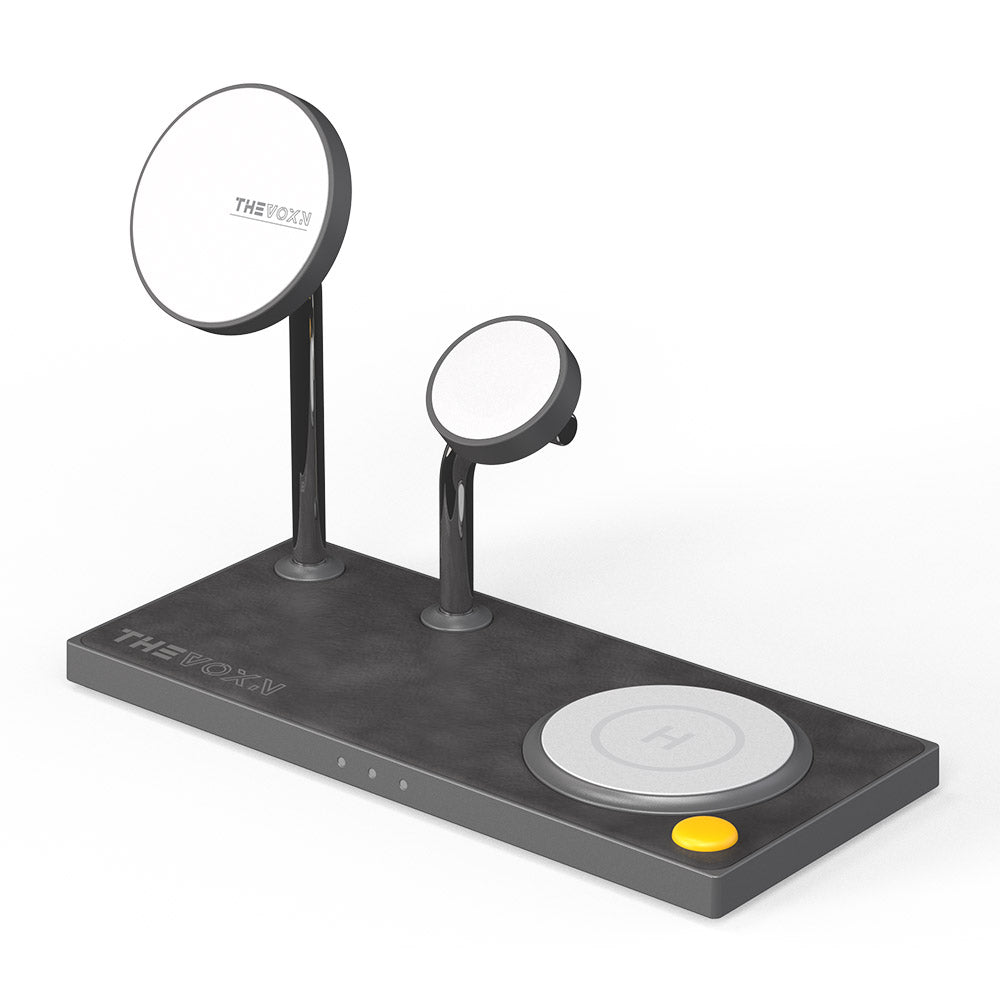If you've recently purchased the 2025 Mac Studio with the powerful M4 Max chip, you're likely enjoying blazing-fast performance, sleek design, and top-tier connectivity. However, some users have reported a frustrating issue: Thunderbolt 5 ports randomly failing or refusing to recognize external devices, especially when multiple peripherals are connected at once.
This article will walk you through the causes of this problem and offer tested, expert-backed solutions to restore stable Thunderbolt performance on your Mac Studio.
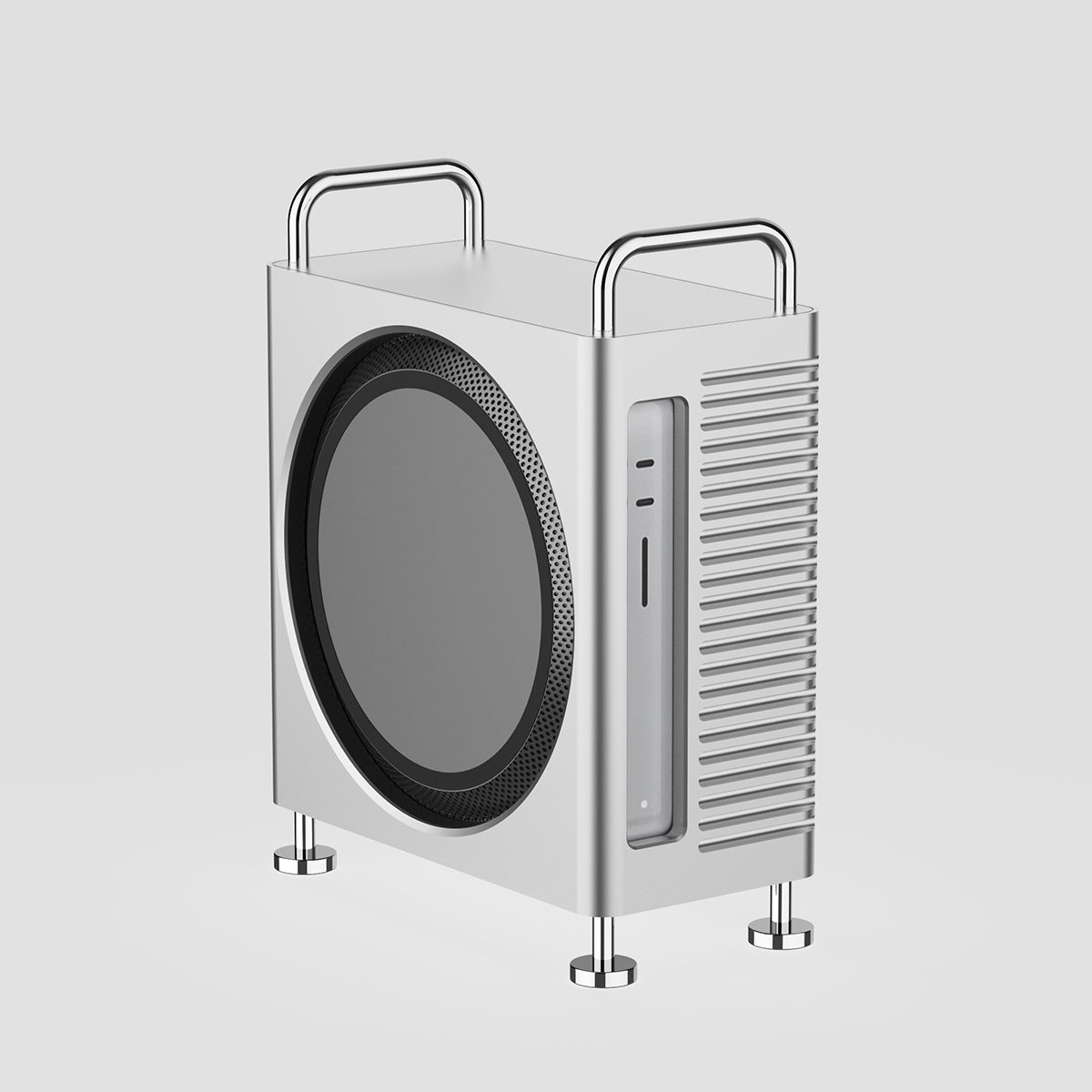
ZEERA MacForge Studio:CNC Aluminum Cooling Case for Mac Studio
CNC Aluminum Cooling Case for Mac Studio with Mac Pro Enclosure Design
Shop Now
⚠️ What’s the Issue?
Many users on Apple Discussions, Reddit, and professional hardware forums have noted the following behavior:
-
External SSDs, displays, or hubs disconnect randomly when connected to rear Thunderbolt 5 ports.
-
macOS shows the warning:
“Accessory needs more power. Disconnecting other accessories may allow this to work.” -
Only three of the four Thunderbolt ports may function reliably when multiple high-power accessories are used.
This issue seems specific to high-bandwidth or high-power Thunderbolt devices connected to the rear ports of the M4 Max Mac Studio.

🔍 Root Causes
According to insights from tech analysts and power users, there are three likely causes:
-
Power delivery limitations: Thunderbolt 5 ports on the rear may not collectively provide enough wattage when all are used simultaneously for power-hungry devices.
-
Lack of active power management: Unlike MacBook Pro models, the Mac Studio lacks a dedicated battery to supplement power spikes.
-
Device incompatibility or hub overload: Some hubs or SSDs draw more power than standard passive Thunderbolt ports can provide.
✅ How to Fix It – 5 Proven Solutions
1. Use Powered Thunderbolt 5 Hubs or Docks
If you're using external SSDs, eGPUs, or displays via a Thunderbolt hub, make sure it's externally powered.
Powered hubs not only eliminate power supply issues but also manage thermal load better.
2. Avoid Plugging High-Power Devices into Rear Ports Simultaneously
Space out your connections:
-
Use front-facing Thunderbolt 5 ports for drives or monitors.
-
Reserve rear ports for low-power peripherals (keyboard, mouse, USB dongles).
This reduces stress on a single power bus and avoids voltage drop that could cause disconnections.
3. Upgrade Your Cooling Setup to Prevent Overheating
Heavy Thunderbolt use can raise internal temperatures, leading to instability or thermal throttling. To improve heat management, consider a dedicated cooling case:
🔥 Recommended: ZEERA MacForge Studio – CNC Aluminum Cooling Case
Made from solid aluminum, it enhances passive cooling and includes a built-in thermal pad on the bottom to transfer heat directly from the Mac Studio into the case body—keeping temperatures lower during demanding tasks.
It’s a smart upgrade for power users running multiple Thunderbolt 5 devices or high-load workflows.
4. Reset SMC/NVRAM to Clear Port State
Though Apple Silicon Macs don’t use a traditional SMC, resetting the system state can help fix power-related port issues.
How to reset NVRAM on Mac Studio (Apple Silicon):
-
Shut down the Mac completely.
-
Press and hold the power button until you see “Loading startup options.”
-
Click Options > Continue, then choose Startup Disk > Reinstall macOS if necessary, or simply restart.
5. Monitor Power Consumption with System Information
To see if your accessories are drawing too much power:
-
Open System Information > Thunderbolt > Power.
-
Check the total draw. If it's approaching or exceeding the bus maximum (usually 15W per port), consider offloading to a powered dock.
Bonus Tip: Avoid Daisy-Chaining Without Power Support
Some monitors and SSD enclosures support daisy-chaining via Thunderbolt. However, chaining multiple devices without their own power source can overload the port and lead to failures.
Always ensure at least one device in the chain has independent power.
Final Thoughts
The 2025 Mac Studio is one of the most capable desktop computers Apple has ever made, but its cutting-edge Thunderbolt 5 architecture also demands careful setup, especially when it comes to high-power accessories.
By following these solutions—especially using powered hubs and spacing out rear port usage—you can enjoy rock-solid Thunderbolt 5 performance without disconnects or errors.

